This morning (March 18), Japanese Prime Minister Ishiba Shigeru, Minister of Land, Infrastructure, Transport and Tourism Hiromasa Nakano, and many other officials attended a Cabinet meeting to develop a plan towards the goal of increasing the number of foreign tourists to 60 million by 2030.
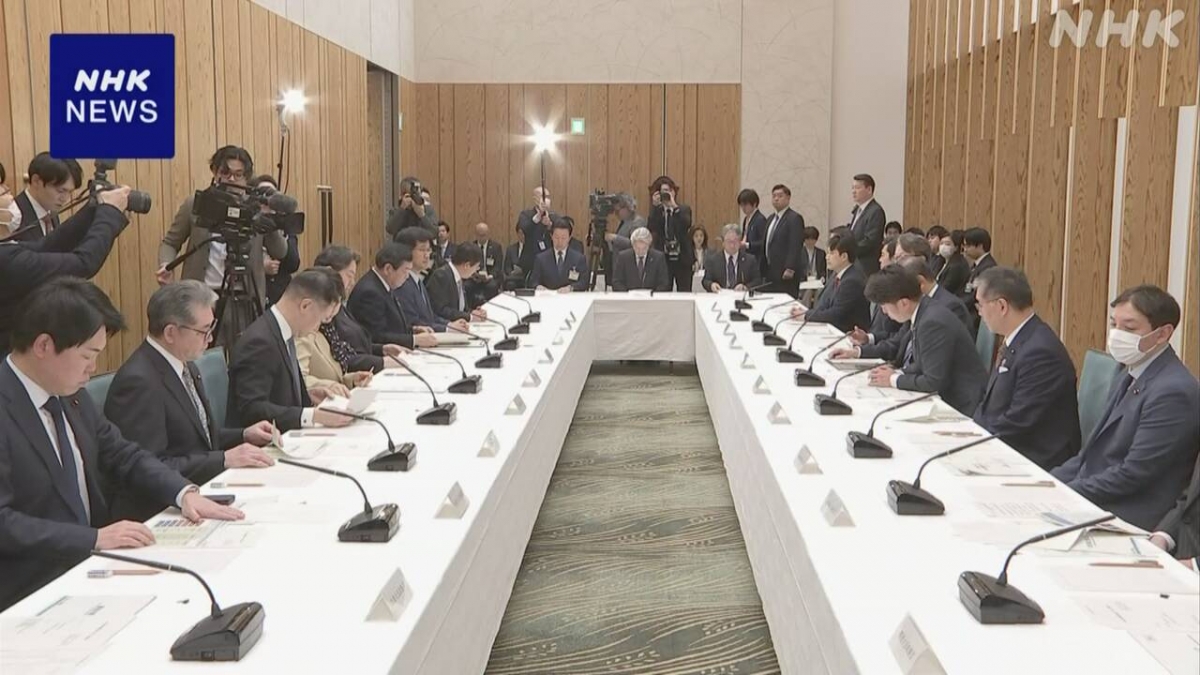
Speaking at the event, Japanese Prime Minister Ishiba Shigeru emphasized that tourism is a fundamental industry for regions and is “a trump card” in efforts to rebuild and develop evenly in all regions and localities, including women and young people. Therefore, all public and private sectors need to “work together to vigorously promote tourism strategies.” The Japanese leader also instructed the Ministry of Land, Infrastructure, Transport and Tourism, as well as other relevant ministries, to develop a new plan by the end of the next fiscal year to achieve the goal of increasing the number of foreign tourists visiting Japan to 60 million, with spending of 15 trillion yen by 2030.
Accordingly, in order to achieve this goal, during the planning process, the Japanese Government will consider enhancing the attractiveness of regional tourism, improving and upgrading domestic infrastructure and environment, including airports and secondary transportation, as well as measures to prevent tourism overload...
The number of foreign tourists to Japan hit a record high of more than 36.86 million last year, surpassing pre-COVID-19 numbers, and the trend has continued this year, with 3.78 million tourists visiting Japan in January 2025, an all-time high. However, challenges have been raised regarding the uneven distribution of visitors to Japan. According to a report by the Japan Tourism Agency, international visitors in 2024 will account for 52% of stays in Tokyo, 50% in Kyoto, and 45% in Osaka. The proportions in these three cities are much higher than the national average of 25%. Tokyo's figure has jumped from 37% in 2019.
According to experts, distributing some of the tourists to remote destinations will be important to reduce overtourism in major cities. Tourism agency data shows that in many areas, such as the rural northern Tohoku region, foreign tourists account for only a small portion of overnight stays. This requires the Japanese tourism industry to quickly develop creative solutions to increase the number of visitors staying in remote areas, such as creating sample routes with specific information on transportation and linking them to word of mouth and media information; at the same time, promptly solving inflation and labor shortages, etc., creating the most favorable conditions for tourists to "feel secure" when traveling in Japan.
Source: https://vov.vn/du-lich/nhat-ban-huong-toi-dat-muc-tieu-tang-so-luong-du-khach-quoc-te-len-60-trieu-post1162028.vov



![[Photo] General Secretary To Lam meets with the Group of Young National Assembly Deputies](https://vphoto.vietnam.vn/thumb/1200x675/vietnam/resource/IMAGE/2025/6/24/618b5c3b8c92431686f2217f61dbf4f6)
![[Photo] Close-up of modernized Thu Thiem, connecting new life with District 1](https://vphoto.vietnam.vn/thumb/1200x675/vietnam/resource/IMAGE/2025/6/24/d360fb27c6924b0087bf4f288c24b2f2)
![[Photo] The 9th Party Congress of the National Political Publishing House Truth](https://vphoto.vietnam.vn/thumb/1200x675/vietnam/resource/IMAGE/2025/6/24/ade0561f18954dd1a6a491bdadfa84f1)









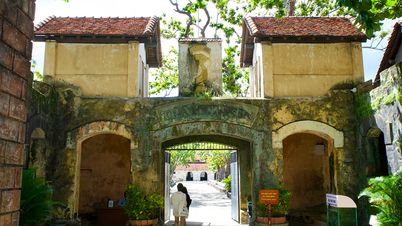
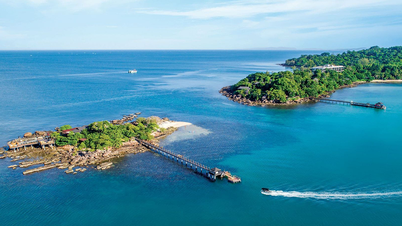










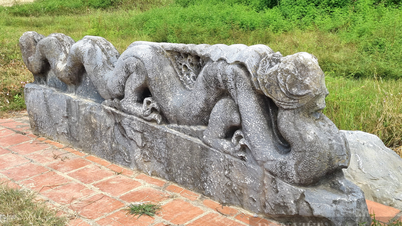

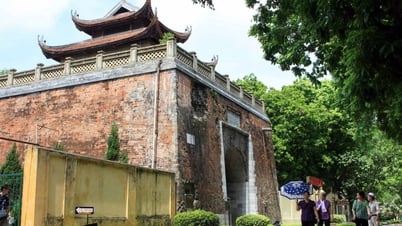






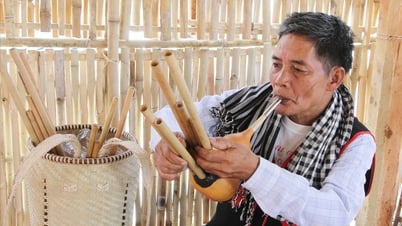










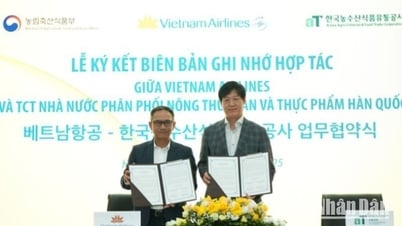










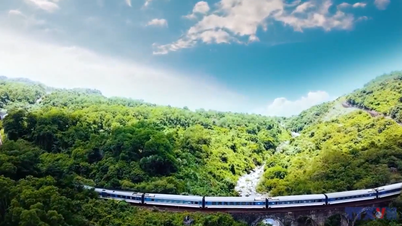






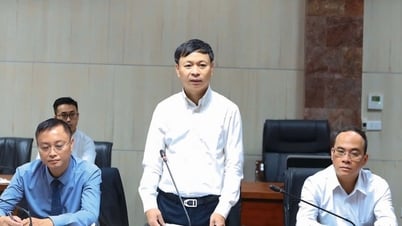



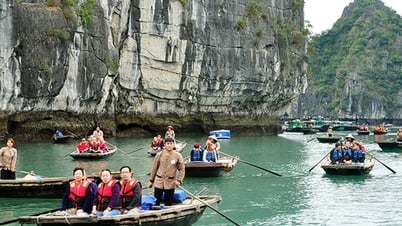

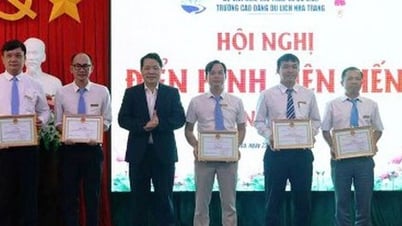
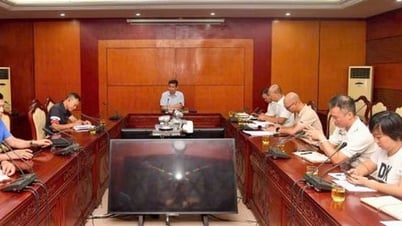


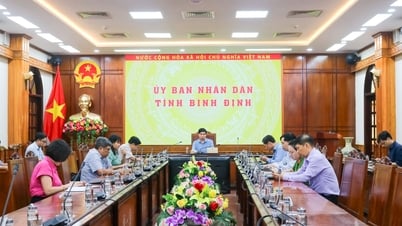







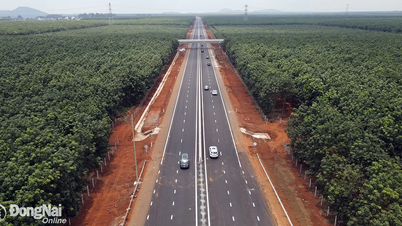













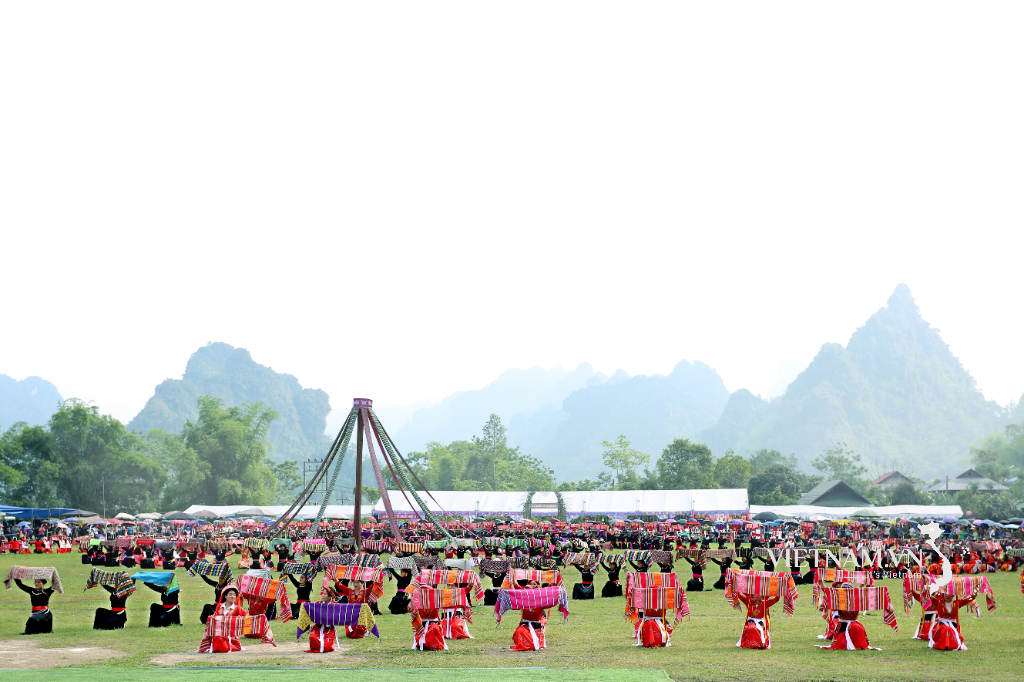


Comment (0)